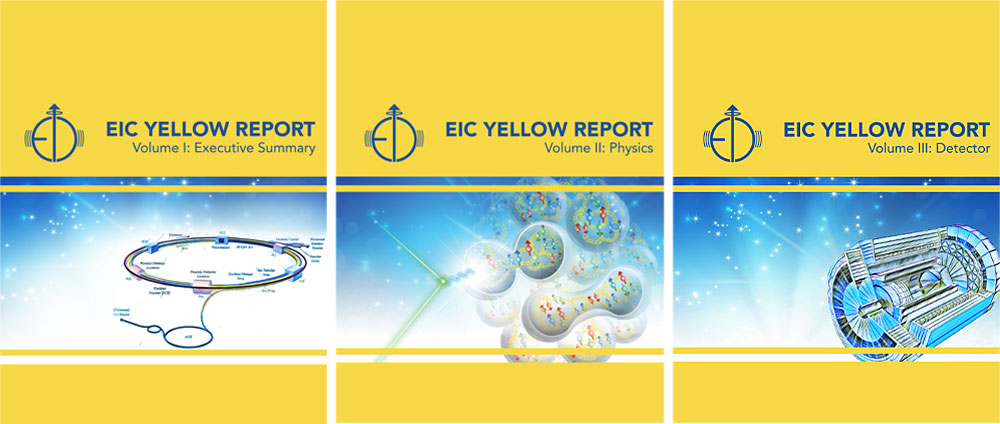Cosmic rays could offer scientists another way to track and study violent tornadoes and other severe weather phenomena, a new study suggests.
Tag: Particle Detectors
Relativistic Heavy Ion Collider Begins Run 24
Today marks the startup of the 24th run of the Relativistic Heavy Ion Collider (RHIC), a U.S. Department of Energy (DOE) Office of Science user facility for nuclear physics research at DOE’s Brookhaven National Laboratory.
RHIC Gets Ready to Smash Gold Ions for Run 23
The start of this year’s physics run at the Relativistic Heavy Ion Collider (RHIC) also marks the start of a new era. For the first time since RHIC began operating at the U.S. Department of Energy’s Brookhaven National Laboratory in 2000, a brand new detector, known as sPHENIX, will track what happens when the nuclei of gold atoms smash into one another at nearly the speed of light. RHIC’s STAR detector, which has been running and evolving since 2000, will also see some firsts in Run 23.

Scientists Describe Detector Goals for Electron-Ion Collider (EIC)
What do you need to study the fine details of the building blocks of matter? A new kind of particle accelerator called an Electron-Ion Collider, planned to be built in the United States over the next decade, and a state-of-the-art detector to capture the action when electrons and ions collide.

‘Forward’ Jet-tracking Components Installed at RHIC’s STAR Detector
Just prior to the start of this year’s run at the Relativistic Heavy Ion Collider (RHIC), a team of scientists, engineers, technicians, and students completed the installation of important new components of the collider’s STAR detector. The new components will expand STAR’s ability to track jets of particles emerging in an extreme “forward” direction to give scientists insight into how the internal components of protons and neutrons—quarks and gluons—contribute to the overall properties of these building blocks of matter.
Remote Work Suits Jefferson Lab Technical Designer
The COVID-19 pandemic has turned workplaces everywhere upside down, prompting countless brainstorming sessions on how to make work environments safer or whether jobs might be done just as well from home. Jefferson Lab technical designer Mindy Leffel says working from home during the pandemic has been a learning process, but has only motivated her to prove herself.